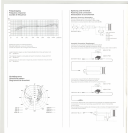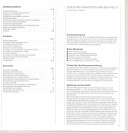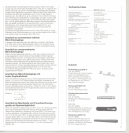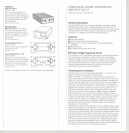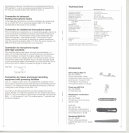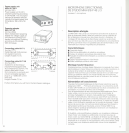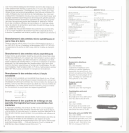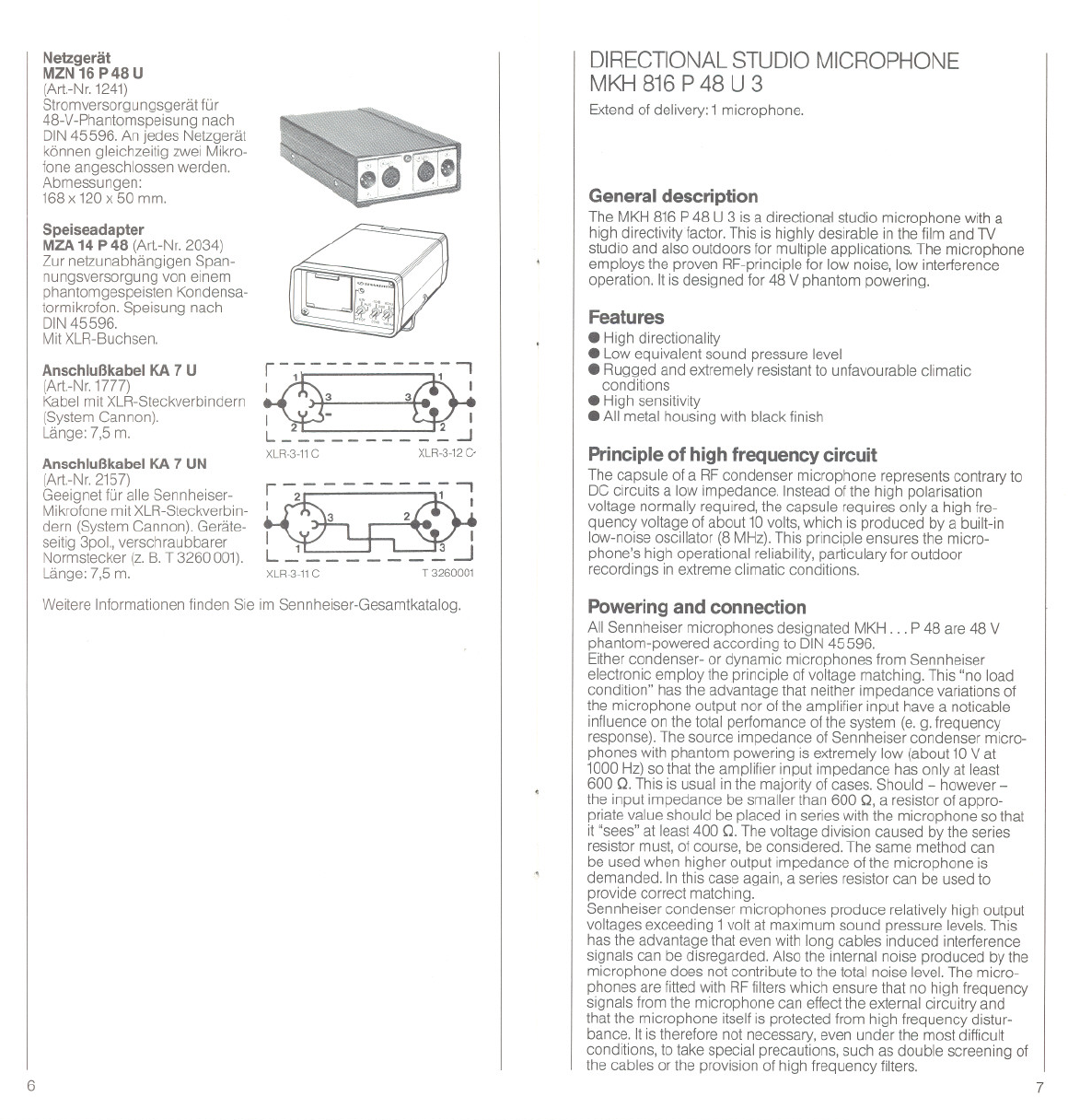
Netzgerät
MZN 16 P48 U
(Art.-Nr.1241)
Stromversorgungsgerät für
48-V-Phantomspeisung nach
DIN45596. Anjedes Netzgerät
können gleichzeitigzweiMikro-
fone angeschlossen werden.
Abmessungen:
168x120x50 mm.
Speiseadapter
MZA14 P48 (Art.-Nr.2034)
Zur netzunabhängigen Span-
nungsversorgung von einem
phantomgespeisten Kondensa-
tormikrofon.Speisung nach
DIN45596.
Mit XLR-Buchsen.
Anschlußkabel KA7 U
(Art.-Nr.1777)
Kabel mit XLR-Steckverbindern
(System Cannon).
Länge: 7,5 m.
Anschlußkabel KA7 UN
(Art.-Nr.2157)
Geeignet für alle Sennheiser-
Mikrofone mit XLR-Steckverbin-
dern (System Cannon). Geräte-
seitig 3pol., verschraubbarer
Normstecker (z.B.T 3260001).
Länge: 7,5 m.
DIRECTIONALSTUDIOMICROPHONE
MKH816 P 48 U3
Extend of delivery: 1 microphone.
General description
The MKH816 P48 U 3 is a directional studio microphone with a
high directivityfactor. This is highly desirable in the filmand TV
studio and also outdoorsfor multipleapplications.The microphone
employs the proven RF-principle for low noise, low interference
operation. Itis designed for 48 Vphantom powering.
Features
. High directionality
. Low equivalent sound pressure level
. Rugged and extremely resistant to unfavourable climatic
conditions
. Highsensitivity
. Allmetal housing withblackfinish
r '
~~ '~
L J
XLR-3-11c XLR-3-12C,
Principle of high frequency circuit
The capsule of a RF condenser microphone represents contrary to
DC circuits a low impedance. Instead of the high polarisation
voltage normally required, the capsule requires only a high fre-
quency voltage of about 10 volts, which is produced bya built-in
low-noise oscillator (8 MHz). This principle ensures the micro-
phone's high operational reliability, particulary for outdoor
recordings in extreme climatic conditions.
r '
~
L J
XLR-3-11c T 3260001
Weitere Informationen finden Sie im Sennheiser-Gesamtkatalog.
6
Powering and connection
All Sennheiser microphones designated MKH . . . P 48 are 48 V
phantom-powered according to DIN 45596.
Either condenser- or dynamic microphones from Sennheiser
electronic employ the principle of voltage matching. This "no load
condition" has the advantage that neither impedance variations of
the microphone output nor of the amplifier input have a noticable
influence on the total perfomance of the system (e. g. frequency
response). The source impedance of Sennheiser condenser micro-
phones with phantom powering is extremely low (about 10 V at
1000 Hz) so that the amplifier input impedance has only at least
600 O. This is usual in the majority of cases. Should - however -
the input impedance be smaller than 6000, a resistor of appro-
priate value should be placed in series with the microphone so that
it "sees" at least 400 O. The voltage division caused by the series
resistor must, of course, be considered. The same method can
be used when higher output impedance of the microphone is
demanded. In this case again, aseries resistor can be used to
provide correct matching.
Sennheiser condenser microphones produce relatively high output
voltages exceeding 1volt at maximum sound pressure levels. This
has the advantage that even with long cables induced interference
signals can be disregarded. Also the internal noise produced by the
microphone does not contribute to the total noise level. The micro-
phones are fitted with RF filters which ensure that no high frequency
signals from the microphone can effect the external circuitry and
that the microphone itself is protected from high frequency distur-
bance. Itis therefore not necessary, even under the most difficult
conditions, to take special precautions, such as double screening of
the cables or the provision of high frequency filters.
I
I
J
7




